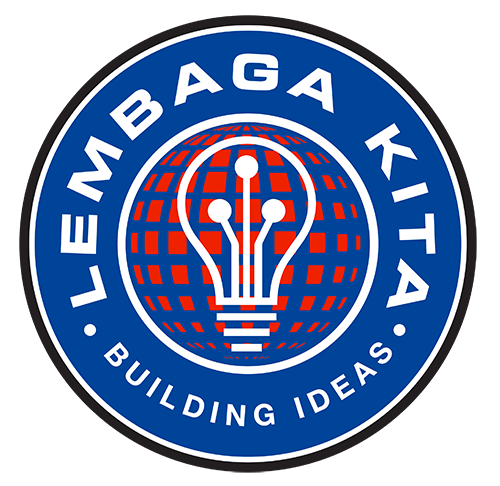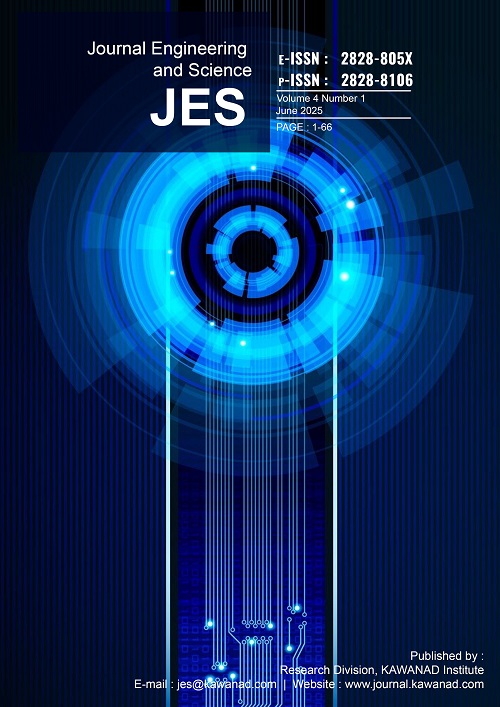TEMPLATE
- masriali@unsyiah.ac.id
- Banda Aceh City, Indonesia
- +6281360650791
Articles
- Home
- Archives
- Vol. 4 No. 1 (2025): June
- Articles
- Home
- Archives
- Vol. 4 No. 1 (2025): June
- Articles
Performance Optimization of Low-Cost DC Motors for Educational Engineering Applications
- Authors Vikram Singh
- Affiliations
- Published 2025-06-30
- Section Articles
- DOI https://doi.org/10.56347/jes.v4i1.270
- Issue Vol. 4 No. 1 (2025): June
0
Views
0
Downloads
Altmetrics
Abstract
This research examines how to build and improve a basic direct current (DC) electric motor using affordable, everyday materials for classroom teaching. We constructed our motor from simple components: copper wire coils, an iron nail, permanent magnets, and standard batteries. The device effectively demonstrates electromagnetic principles and energy conversion processes that students can observe firsthand. Our experimental work concentrated on three main factors that affect motor performance: the number of wire turns in the coil, magnet strength, and battery voltage levels. We systematically tested different combinations to find the best rotational speed and energy efficiency. The results showed interesting patterns - when we increased coil turns from 50 to 100, the motor's torque improved by roughly 20%. Using stronger magnets made the rotation much more stable and consistent. The motor worked most efficiently when powered by a 9-volt battery, where energy waste dropped to minimal levels. What makes this design particularly valuable is its simplicity - teachers can easily replicate it even in schools with limited resources, especially in Indian secondary education settings where budget constraints often limit hands-on learning opportunities. To verify our physical experiments, we ran computer simulations using finite element analysis. These digital models confirmed our real-world findings and revealed that optimized coil arrangements increased magnetic flux density by 15%. The close agreement between our experimental data and simulation results strengthens confidence in the design approach. This motor design offers teachers and students a practical, affordable way to explore electromagnetism and basic engineering principles. The project has broader implications for educational programs in developing regions, where cost-effective teaching tools can make advanced concepts accessible to more students. Schools can now demonstrate complex electromagnetic theory using materials that cost less than traditional laboratory equipment while achieving comparable learning outcomes.
Keywords
DC Motor Optimization; Educational Engineering; Electromagnetic Principles; Low-Cost Design
References
- Bolton, W. (2015). Mechatronics: Electronic control systems in mechanical and electrical engineering. Pearson.
- Chapman, S. J. (2012). Electric machinery fundamentals. McGraw-Hill Education.
- Fitzgerald, A. E., Kingsley, C., & Umans, S. D. (2003). Electric machinery. McGraw-Hill.
- Griffiths, D. J. (2017). Introduction to electrodynamics. Cambridge University Press.
- Gupta, A. (2020). Challenges in implementing inquiry-based learning in Indian schools. Journal of Indian Education, 46(2), 45–60.
- Hughes, A., & Drury, B. (2013). Electric motors and drives: Fundamentals, types, and applications. Newnes.
- Krause, P. C., Wasynczuk, O., Sudhoff, S. D., & Pekarek, S. (2013). Analysis of electric machinery and drive systems. Wiley-IEEE Press.
- Rao, S. (2019). Low-cost engineering education solutions for developing countries. Journal of Engineering Education Transformations, 32(4), 12–20.
- Serway, R. A., & Jewett, J. W. (2018). Physics for scientists and engineers. Cengage Learning.
- Sharma, R. (2018). Pedagogical challenges in Indian science education. Journal of Educational Research, 42(1), 15–30.
- Shigley, J. E. (2011). Shigley's mechanical engineering design. McGraw-Hill.
- Thomas, J. W. (2000). A review of research on project-based learning. Autodesk Foundation.
- White, F. M. (2016). Fluid mechanics. McGraw-Hill Education.
- Zienkiewicz, O. C., Taylor, R. L., & Zhu, J. Z. (2005). The finite element method for solid and structural mechanics. Elsevier.
Author Biographies


Similar Articles
Discover other articles with topics similar to what you're currently reading. Find more references and expand your knowledge base.

More Similar Articles
Analyzing the Tensile Strength of AISI 1045 Coil Springs...
Azhar
Vol. 1 No. 2 (2022): July-December 2022Analisis Komprehensif: Perbandingan Platform Perangkat...
Muhammad Tahsin, Muhammad Agha Afkar
Vol. 2 No. 2 (2023): July-December 2023Effect of Maleic Anhydride Polypropylene on Flexural...
Dandi Bachtiar, Januar Parlaungan Siregar, Mohd Iqbal, Masri, Zulfadhli, Muhibbuddin
Vol. 2 No. 2 (2023): July-December 2023Fatigue Performance of Sugar Palm Fibre-Reinforced...
Dandi Bachtiar, Januar Parlaungan Siregar, Suhaeri, Masri, Zulfadhli
Vol. 4 No. 1 (2025): June













